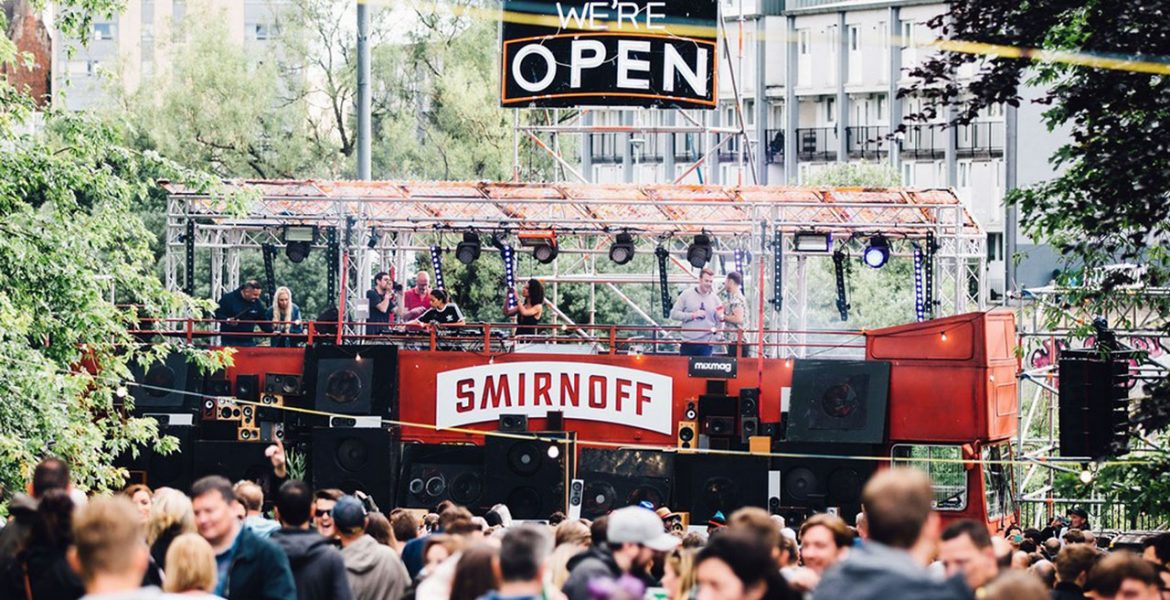There’s no denying the power of experiential for brands – it’s an opportunity for uninterrupted consumer face time, brand immersion, storytelling, sensory stimulation, emotional connections.
And brands have clearly cottoned on to its success – budgets for experiential marketing rose 19 consecutive quarters to Q2 2018, and in the Q4 2018 IPA Bellwether report, it was only events that saw any rise in investment at all.
Yet where budgets flow, so does scrutiny.
The challenge of measuring experiential effectiveness is noticeably creeping up the agenda – the increasing number of LinkedIn posts, seminars, articles and suggested benchmarks are testament to this.
So how to prove success when the range of experiences and their KPIs differ so broadly?
With a variety of experiences out there, focused on brand awareness, sampling, product demonstrations and lead generation, clearly there’s no one size fits all approach.
For some, measuring attitudinal shifts and behaviour change over time will be more appropriate – for others, direct leads generated on site will prove the litmus test.
For the bulk of live experiences however, one crucial indicator of success will always be on site engagement.
Where digital channels are inherently measurable though, live experiences pose more challenges, particularly those in transient spaces.
Experiential has therefore lagged behind digital in measurement over the years, with brands and agencies often relying on somewhat archaic methods – each with their own limitations:
- Manual clickers – “has that person been here before?” “when did they leave?”
- Marketing collateral & samples handed out – “didn’t you just take one?” “you’ve been here for a while but haven’t taken one yet”
- General attendance figures for wider event – “did everyone at the event visit our stand?”
- Direct interactions – “what about that guy over there?”
- Anecdotal evidence from brand ambassadors – not sure that stands up when reporting back to stakeholders
- Photo or video evidence – how do trends shift over time?
- Take social check ins and multiply by 20 – wait, what?
The challenge is that many measurement tools used are inconsistent and subject to human bias. And certainly, don’t provide any sort of granular breakdown into visitor behaviour.
What if there was a way we could easily track the on-site behaviour of those who had been at an experience?
Cue the ‘digital token’!
Everyone turns up to events with connectivity in their pocket these days – smartphone usage is almost ubiquitous in 2019.
And each of those devices has a unique ID.
Fortunately, technology now enables us to passively track the behaviour of each of those devices at live events.
(Providing they have their Wi-Fi enabled – which we estimate at 87% in the UK, rising to 97% for 16-44-year olds*)
All visitors remain completely anonymous too – the technology tracks aggregated movement patterns rather than understanding individual visitors’ age, gender or cultural ethnicity.
Imagine this as visitors dropping their digital token into a small bucket at your event, providing detailed insight into:
- whether they stopped and engaged, or simply walked on by
- how long they stuck around for
- how many times they returned to the experience
- which spaces they were most interested in
- how they moved around the experience
And here’s the kicker.
The same digital token can also be used to prove whether visitors then go on to a nearby retail store…and when.
Whether that’s a store in the same shopping centre as the experience, or an outlet across town.
Imagine a car manufacturer mapping their annual event schedule against a nationwide network of dealers – to understand which activation drove the most footfall, what the average lag time between experiencing the brand and showing up at a dealer was and how many times people returned.
All because visitors ‘dropped their digital token into the bucket’.
If you’re looking for an objective tool to measure the engagement, impact and ROI of your experiences and would like to explore measuring your visitors’ digital tokens – just get in touch.
* Based on an independent, national representative survey through Aurora Market Research, commission by Meshh


Dispatch from an advertising future #15: “But then the ‘experience burners’ arrived. Burning men (and women) shared disposable devices, linked by mesh networks…” a speculative fiction… https://link.medium.com/NrbLc1dhLZ